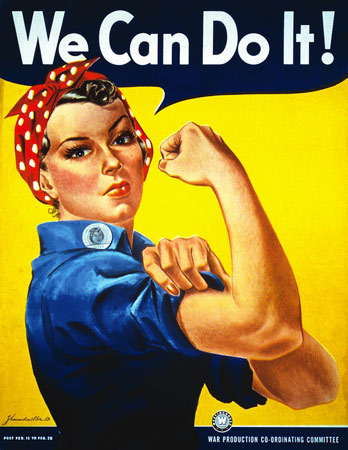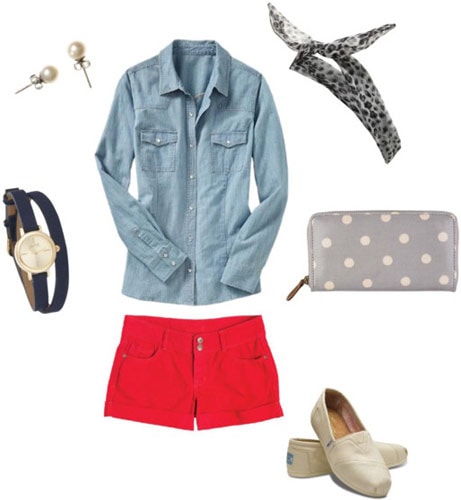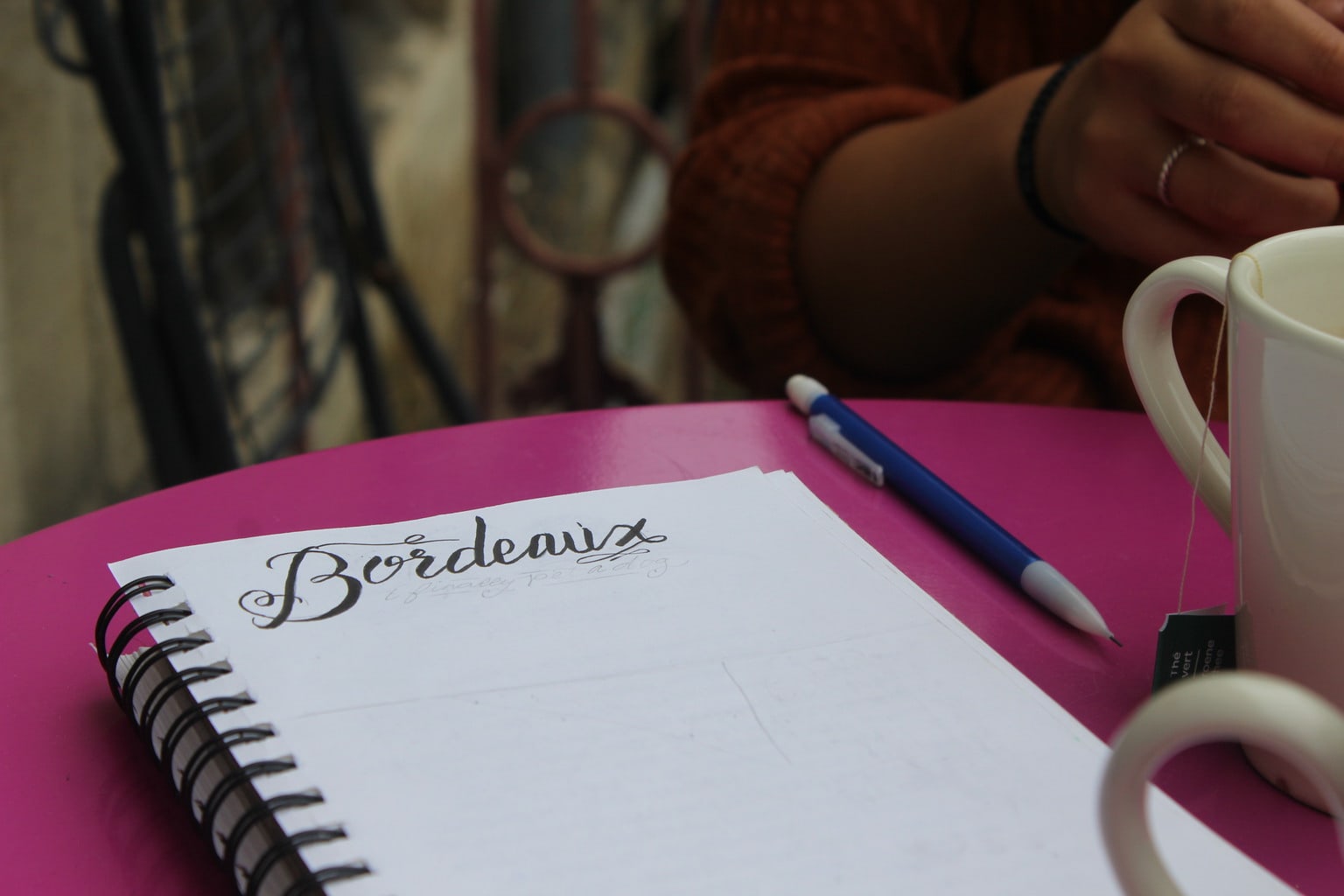Women in Power: Rosie the Riveter
Welcome to one of our newest columns, Women in Power! Inspired by the upcoming election, Women in Power will feature important women in history, outline their accomplishments, and explain how you can honor these amazing ladies in style.

Photo: J. Howard Miller, poster used by War Production Co-ordinating Committee via Wikimedia Commons
Editor’s Note: In a departure from our usual Women in Power posts, this week’s featured woman is a little different… in that she’s technically a fictional character. Although Rosie The Riveter wasn’t an actual person, the women who inspired her character were very real, as was her effect on the women’s empowerment movement. We hope you enjoy!
We’ve all seen the iconic poster: “We Can Do It!” A young woman wearing a polka dot headscarf flexes her muscles with a determined look and stares us down. She’s the picture of female empowerment. A woman can’t help but feel strong, motivated, and dedicated when she looks at that symbolic image.
In more recent years, the fictional woman depicted in this poster has come to be known as “Rosie the Riveter.” Although this nickname wasn’t used in World War II when she was first created, Rosie has since become a symbol of feminism and power. During wartime, Rosie the Riveter was a popular figure used to boost morale and encourage women to help with the war. There have been many real-world inspirations for Rosie, as well as a variety of images and songs. Rosie’s image has been used for decades and has inspired women to believe that, regardless of societal norms or social constraints, they can do it.
Keep reading to learn more about Rosie the Riveter and to see an outfit inspired by the cultural icon.
Table of Contents
10 Facts about Rosie:
- The term “Rosie the Riveter” was first publicized in 1942 in a song written by Redd Evans and Jacob Loeb. The tune portrayed a young woman named Rosie as a diligent assembly line worker doing her part to support the American war efforts.
- During World War II, propaganda was aimed at American housewives in an effort to encourage them to join the workforce while men were away. Advertisements would link household work with factory jobs. For instance, one campaign featured the following rhetoric: “Can you use an electric mixer? If so, you can learn to operate a drill!” During the war, women that chose to enter the workforce were paid higher wages than before but were encouraged to return to housewife occupations and traditional work when men returned.
- The inspiration for the song “Rosie the Riveter” was a young woman named Rosalind P Walter who worked the night shift building the F4U Corsair fighter. Rosie the Riveter was also associated with Rose Will Monroe, a Kentucky-born woman who moved to Michigan during the war to work at an aircraft factory. Rose eventually achieved her dream of piloting planes in her 50s and became a spokesperson for and icon of the war effort.
- Rosie the Riveter is known not only for inspiring women to work, but also for sparking a social movement. The Rosie propaganda helped increase the number of working American women from 12 million to 20 million by 1944, a 57% increase from 1940. By 1944, there were 1.7 million unmarried men between 20 and 34 working in the defense industry and an incredible 4.1 million unmarried women doing the same. Women workers were not constrained to the defense industry, though – during this time, women were breaking into all sectors of the economy. By 1942, the percentage of jobs employers deemed “acceptable” for women had risen from 29% to 85%.
- Rosie not only aided the women’s rights movement, she also paved the way for tolerance and the civil rights movement. As white women entered the workforce, working alongside black women and men, long-supported social barriers began to break down. Workplace diversity slowly began to be celebrated and the idea of equality was beginning to reach the American psyche.
- Although women were making progress in the workplace, wages were still unequal (as they unfortunately still are today). The average working wartime man was paid $54.65 per week whereas a woman working the same job only made about $31.50. After the war, many women were forced out of their jobs to make way for returning servicemen. Because of this turnover, Rosie the Riveter inspired an age-old debate: was Rosie’s influence a major turning point in American history or was this simply a phase that did little for gender equality in the long run?
- The iconic “We Can Do It!” poster was created in 1942 by Pittsburgh artist J. Howard Miller. The Westinghouse Company’s War Production Coordinating Committee had hired him to create a series of promotional posters for the war effort. In later years, this poster would be called Rosie the Riveter, although this connection was never made during the war. The poster was based on a photograph of 17-year-old factory worker Geraldine Hoff. The poster was originally intended to boost morale, not recuruit more women workers. In the 1980s, the iconic poster was rediscovered and became famously associated with feminism.
- A lesser-known Rosie the Riveter image was featured on the cover of the Saturday Evening Post on Memorial Day, 1943. The picture depicted a woman taking her lunch break with a rivet gun on her lap, a copy of Hitler’s Mein Kampf beneath her shoe, and a lunchpail labeled “Rosie” at her side.
- On October 14, 2000, Rosie the Riveter/World War II Home Front National Historical Park was opened in Richmond, California, the site of four Kaiser shipyards where thousands of Rosies from around the country worked. Approximately 200 Rosies attended the opening.
- Overall, Rosie the Riveter’s propaganda campaign focused on several themes in order to get women to work and boost morale. These themes included patriotic duty, high earnings, the glamor of work, similarities between factory work and housework, and spousal pride. The campaign was designed to appeal to the average unmarried young woman and was supposed to instill a sense of patriotism and pride that would be reflected in her work efforts.
Style Inspired by Rosie the Riveter:

Product Information: Chambray Shirt, Shorts, Wrap Watch, Pearl Studs, Headband, Shoes, Wallet
It would be easy to recreate Rosie’s look in a literal way: red polka dot scarf, strong brows, and a chambray shirt. Done. However, because Rosie is so iconic, many people might see that outfit as more of a Rosie The Riveter costume.























